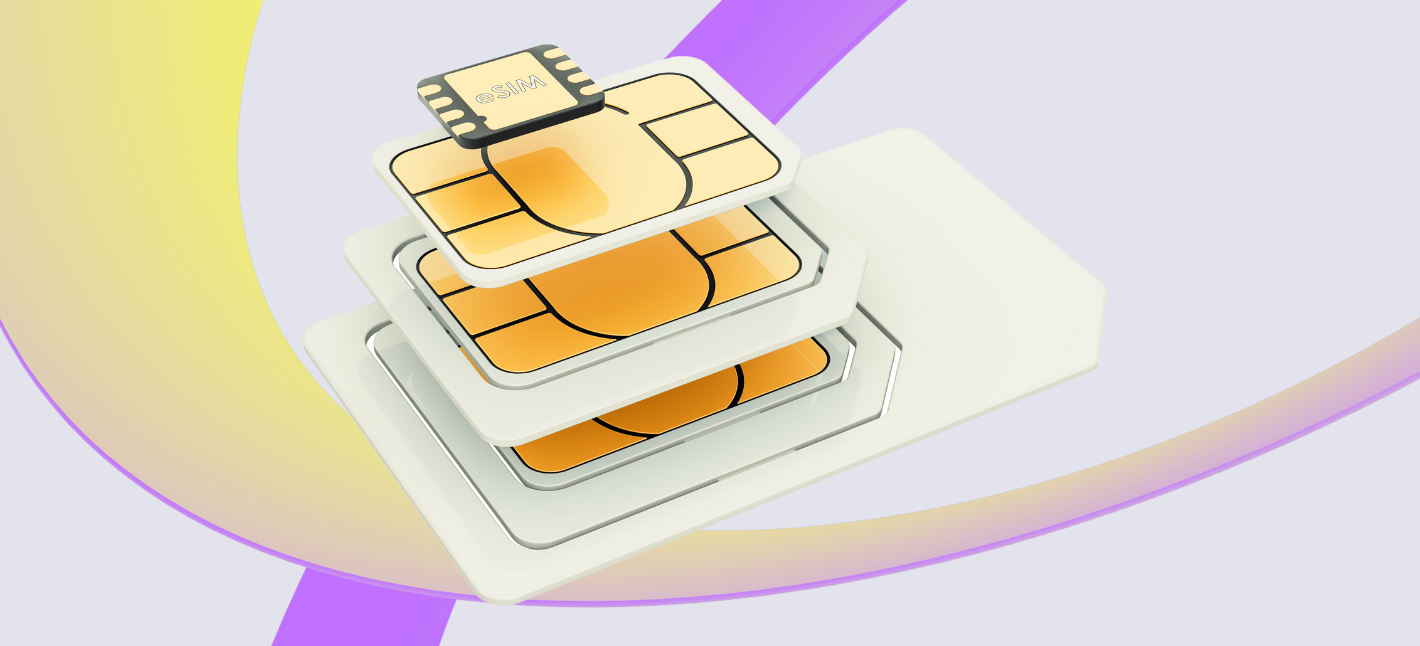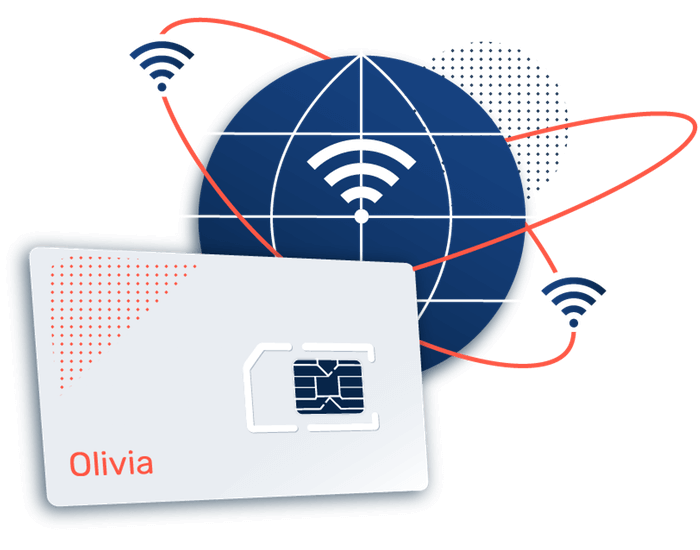Connectivity Management IoT Quick Guide to IoT Connectivity
Connectivity Management IoT Quick Guide to IoT Connectivity
Blog Article
Cloud Connectivity In IoT Connection Types and IoT Devices Overview
Wearable gadgets have increasingly gained popularity, thanks to their capability to supply health tracking, fitness monitoring, and real-time data accessibility. These units vary from fitness trackers to smartwatches, every requiring a strong connectivity option to speak with other gadgets and cloud companies. The versatility of IoT connectivity choices performs a vital position within the performance of those wearables.
Bluetooth is commonly one of many prime selections in IoT connectivity for wearable gadgets. It offers a low-energy resolution that permits seamless information transfer between the wearable and different devices corresponding to smartphones and tablets. This short-range communication method is suitable for many applications, permitting customers to obtain notifications, synchronize information, and management other related gadgets effortlessly.
Wi-Fi is another formidable participant in the IoT connectivity area. Unlike Bluetooth, Wi-Fi permits for a broader vary of information exchange, making it good for gadgets that require a continuing and dependable internet connection. Wearables using Wi-Fi can present quick access to cloud companies, enabling users to retrieve health metrics and knowledge with out the need for a smartphone to act as a intermediary.
Cellular connections have revolutionized the way in which wearables perform, bringing them nearer to standalone devices. With the arrival of LTE and upcoming 5G expertise, wearables can operate independently from smartphones. This connectivity choice permits for real-time communication, navigation, and information analysis, making it ideal for users who wish to go away their phones behind and still take pleasure in full performance.
Connectivity Management IoT Providers of Cellular IoT Connectivity

NFC, or Near Field Communication, is another important connectivity choice for wearables. This technology is mainly used for transactions, enabling users to make funds simply just by tapping their wearable gadgets at a point-of-sale terminal. NFC offers fast and secure transactions, which is advantageous for customers who prioritize convenience and efficiency.
LPWAN (Low-Power Wide-Area Network) protocols like LoRa and Sigfox are gaining traction for particular wearable purposes, particularly in asset monitoring and environmental monitoring - Mobile Data Connectivity For IoT. These technologies offer low-power consumption and distinctive vary, making them appropriate for connected devices that will not require frequent information transmission. Such features make them optimal for wearables used in industries similar to agriculture or logistics.
Zigbee and Z-Wave are protocols primarily used for house automation however have potential functions in wearable technology as well. They permit for mesh networking, enabling units to speak over bigger distances by passing indicators between one another. Using these technologies in wearables can enhance smart home interactions, allowing users to control various household units seamlessly.
IoT Connectivity Management Platform Six Major IoT Connectivity Technologies
Mesh networking stands out as a novel IoT connectivity possibility that enables gadgets to speak independently. Unlike traditional point-to-point connections, mesh networks enable each wearable to behave as each a receiver and transmitter. This configuration can prolong the range of connectivity and improve communication reliability, particularly in settings the place typical alerts might struggle.
Wi-Fi Direct permits gadgets to attach immediately to each other without the necessity for an middleman network. This option is favored for its simplicity and speed, particularly for wearables that need to switch giant quantities of information shortly. Wi-Fi Direct can facilitate instantaneous file transfers, syncing music playlists, or sharing fitness data between devices while not having an web connection.
IoT Connectivity Market Explanations and Solutions for IoT Connectivity
The selection of IoT connectivity option considerably impacts the consumer expertise. For instance, wearables that rely solely on Bluetooth may face limitations in vary and data velocity. On the other hand, those who utilize cellular connections can present a more sturdy solution however may incur extra costs for data plans. The perfect selection largely is determined by the meant use and the features that manufacturers want to emphasize.

Security stays a significant consideration when selecting connectivity options for wearable devices. As wearables gather sensitive health data, robust encryption protocols are necessary to protect user information. Technologies that include end-to-end encryption and strong user authentication measures are preferred in order to safeguard personal data in opposition to cyber threats.
Interoperability amongst completely different gadgets additionally shapes the panorama of IoT connectivity. Wearables need to communicate not only with smartphones but with various smart residence gadgets, healthcare techniques, and health platforms. Choosing open standards for connectivity options facilitates this interoperability and enhances user experience, permitting seamless transitions between completely different technologies.
IoT Network Connectivity Benefits and Use Cases of IoT Connectivity Technologies
As the Internet of Things continues to evolve, builders seek innovative ways to reinforce the performance of wearables. Future developments indicate a potential shift toward decentralized networks, powered by blockchain expertise. Such frameworks might permit safer and clear data sharing amongst wearable units, elevating trust within the data exchanged.
Incorporating artificial intelligence (AI) and machine learning into wearable units can further remodel IoT connectivity. These technologies can analyze usage patterns and data in real-time, optimizing connectivity choices and even predicting user wants. By intelligently adjusting the mode of connectivity based mostly on situational requirements, wearables can turn out to be increasingly environment friendly and user-friendly.
Wearables also stand to learn from advancements in edge computing. By processing information closer to the supply quite than relying on distant cloud servers, wearables can function with lower latency and higher responsiveness. This shift permits for quick information analysis, essential for time-sensitive purposes like health monitoring and health tracking.
IoT Connectivity Benefits and Use Cases of Connectivity Technologies
Ultimately, figuring out the best IoT connectivity choices for wearable gadgets involves a cautious analysis of user needs, utility necessities, and cost-effectiveness. As technology continues to advance, the chances for wearables will broaden, offering even more tailor-made options.

Selecting the best connectivity choice not only enhances a device's you could try this out performance but additionally impacts person satisfaction and engagement. As shoppers increasingly embrace wearable technology, producers should prioritize connectivity decisions that can sustain with evolving calls for.
What Is IoT Connectivity? Comparison Guide for IoT Connectivity
Innovation on this area is also led by consumer suggestions. As extra people interact with wearables, their preferences and experiences can information developers in refining connectivity choices. Understanding the consumer journey is essential for bettering units and ensuring they meet fashionable lifestyle wants.
In conclusion, the future of IoT connectivity choices for wearable devices is promising and numerous. With a wide selection of protocols obtainable, from Bluetooth to cellular and beyond, producers have the flexibility to innovate and cater to particular consumer wants. By focusing on safety, interoperability, and user suggestions, the wearable tech landscape will undoubtedly continue to flourish, providing users experiences that mix convenience with cutting-edge know-how.

- Wi-Fi provides high-speed internet access for wearables, enabling seamless data transfer and updates when in range of hotspots.
- Bluetooth Low Energy (BLE) minimizes power consumption, making it ideal for connecting wearable devices to smartphones whereas maximizing battery life.
- Cellular connectivity presents the benefit of wide-area protection, permitting wearables to operate independently with out the necessity for nearby units.
- Near Field Communication (NFC) allows quick pairing and secure transactions, enhancing user expertise in applications like mobile funds on wearables.
- Zigbee is appropriate for smart residence integration, permitting wearable units to speak effortlessly with other smart devices in a lower energy spectrum.
- LoRaWAN helps long-range communication, making it sensible for wearables used in agriculture or wildlife monitoring, where conventional indicators might falter.
- Sigfox is understood for ultra-narrowband know-how, optimizing battery life for wearables that only need to ship small knowledge packets intermittently.
- Thread combines the benefits of low power consumption and dependable mesh networking, encouraging communication between multiple wearable units in a close-knit environment.
- Mesh networks allow units to relay data amongst themselves, guaranteeing constant connectivity and expanding coverage with out vital power loss.
- Satellite communication presents wearables a lifeline in distant areas, making certain they remain linked even in environments missing cellular or Wi-Fi networks.
What are the most common IoT connectivity choices for wearable devices?undefinedThe most typical IoT connectivity options include Bluetooth, Wi-Fi, NB-IoT, LoRaWAN, and cellular networks. Each presents totally different range, energy consumption, and data switch rates, catering to various utility requirements.
How does Bluetooth compare to cellular choices for wearable devices?undefinedBluetooth is ideal for short-range, low-power functions, making it suitable for fitness trackers and smartwatches that sync information with smartphones. Cellular options present broader coverage and might help extra data-intensive purposes but sometimes consume extra power.
Nb-IoT Connectivity Managing IoT Connectivity Effectively
What is the role of Wi-Fi in wearable devices?undefinedWi-Fi allows high-speed information transfer, allowing wearables to access the web directly while not having a smartphone. It's beneficial for purposes that require real-time information streaming, such as video or high-resolution pictures, however may drain the battery shortly.
Are there particular use cases where NB-IoT is most popular for wearables?undefinedNB-IoT is well-suited for functions that require long battery life and in depth protection. Use cases embrace health monitoring units that transmit small quantities of data intermittently, allowing for battery efficiency whereas guaranteeing reliable connectivity even in remote areas - IoT Connectivity Issues.
What factors should I contemplate when selecting a connectivity possibility for wearables?undefinedConsider battery life, knowledge transfer needs, range, and consumer environment. For instance, if low energy consumption is crucial, Bluetooth or NB-IoT may be preferable, whereas high knowledge demands favor Wi-Fi or cellular choices.
Cloud Connectivity In IoT Overview of Cellular IoT Connectivity
How does security a knockout post range among different IoT connectivity options?undefinedSecurity varies broadly; Bluetooth and Wi-Fi rely on encryption protocols for data switch, whereas cellular networks often incorporate robust security measures on the infrastructure degree. It's vital to guarantee that any chosen connectivity methodology implements robust encryption and data safety measures.
Can wearables use multiple connectivity choices simultaneously?undefinedYes, many trendy wearables can utilize multiple connectivity options, like Bluetooth and Wi-Fi, permitting them to switch primarily based on availability and necessities. This ensures higher efficiency and flexibility, bettering user expertise significantly.
What is LoRaWAN and the way is it applicable to wearables?undefinedLoRaWAN (Long Range Wide Area Network) is a low-power, long-range communication protocol, making it appropriate for wearables requiring infrequent knowledge transmission over long distances, similar to environmental sensors or location trackers in distant areas.
How do I determine the most effective connectivity option for my wearable product?undefinedEvaluate your goal market, usage patterns, value considerations, and required features. Testing completely different connectivity solutions in real-world eventualities can also present insights into efficiency and user conduct, helping you make a extra knowledgeable choice.
Report this page